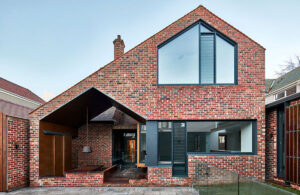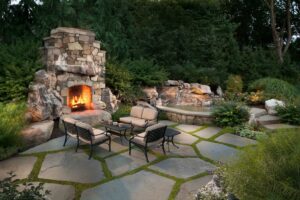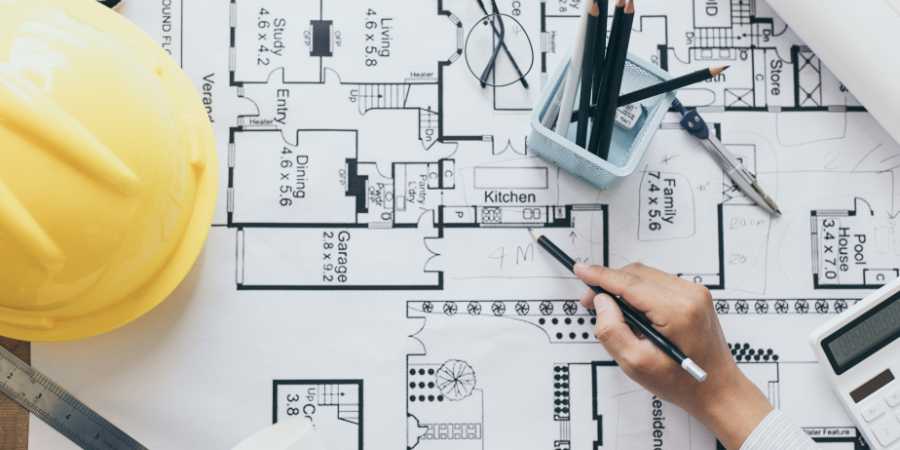
Think Big by Going Open
I once helped a friend turn a 400-sq-ft garage into a cozy home, and the secret was simple: rip down as many walls as you can. Roll the kitchen, dining, and living areas into one social hub. No doors means more daylight dancing through, and you can use a couple of area rugs or a low shelving unit to whisper “this is the kitchen” without shouting with drywall.
Furniture That Pulls Double Duty
- Sofa beds are lifesavers when your cousin crashes on the couch.
- Fold-down desks tuck away when you’re not pretending to work from home.
- Built-in benches near windows? They hide blankets, board games, or your emergency cookie stash.
Bonus tip: try stair drawers if you have a loft—you’d be amazed how much you can stash under each tread.
Look Up for Storage
If you’re digging out every nook and cranny, don’t forget the walls. I love floor-to-ceiling shelves—they turn that vertical real estate into your personal library (or an impressive showcase for succulents and travel souvenirs). Open shelves keep your go-to mugs and spices within reach, and you won’t feel claustrophobic like you might with bulky cabinets.
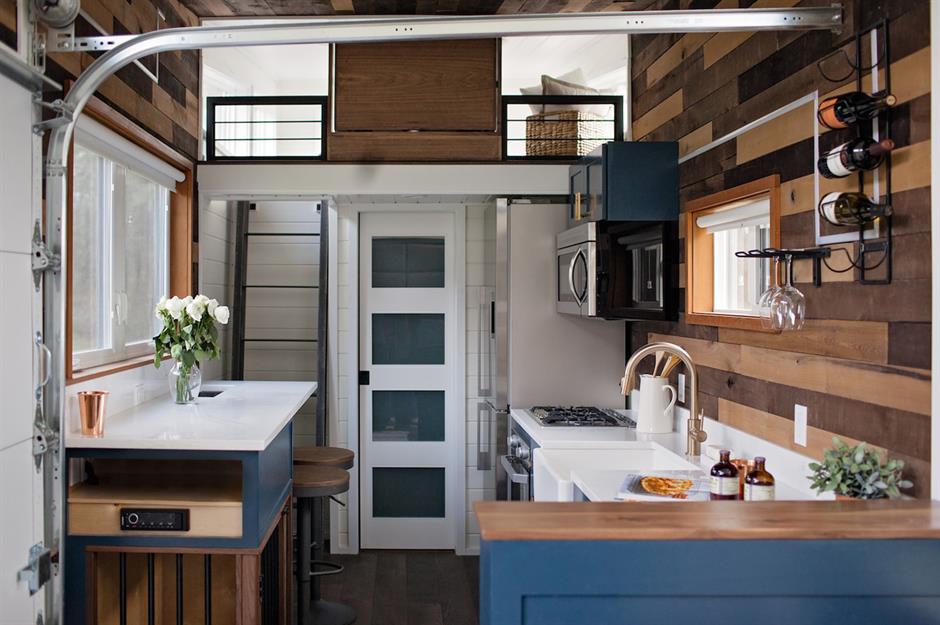
Let Light Be Your Guest
Windows are your best friend in a small home. If you can swing it, add a skylight—suddenly even a 7-ft ceiling feels cathedral-like. And mirrors: place one opposite a window, and voilà, you’ve doubled your daylight. I’ll never forget our first winter in my tiny cabin; the mirror trick made gloomy afternoons feel downright bright.
Stay Consistent, Stay Calm
Pick just two or three materials you love (say, warm oak floors, matte black fixtures, and crisp white walls) and use them everywhere. A unified palette feels more serene and spacious than a mishmash of finishes.
Open the Door to the Outdoors
Sliding or folding glass doors turn a tiny living room into a generous porch. Match your indoor flooring to a small deck or patio pavers, and you’ll feel like you’ve gained 100 extra feet of living space whenever the weather cooperates.
Styles That Sing in Small Spaces
- Modern Minimalist
Crisp lines and hidden drawers keep clutter at bay—perfect for the urban dweller who dreams of a sleek retreat. - Scandinavian Cottage
Light woods, fluffy throws, and pastel accents make you feel like you’re nestled in a Hygge fairytale. - Industrial Loft
Exposed beams, concrete floors, and steel accents give your tiny home some serious edge. - Rustic Cabin
Imagine knotty pine walls, a stone hearth, and little reading nooks tucked into corners. Instant story time vibes. - Container Conversion
Turn an old shipping container into a funky, eco-friendly hideaway—modular and surprisingly roomy once you open up the sides.
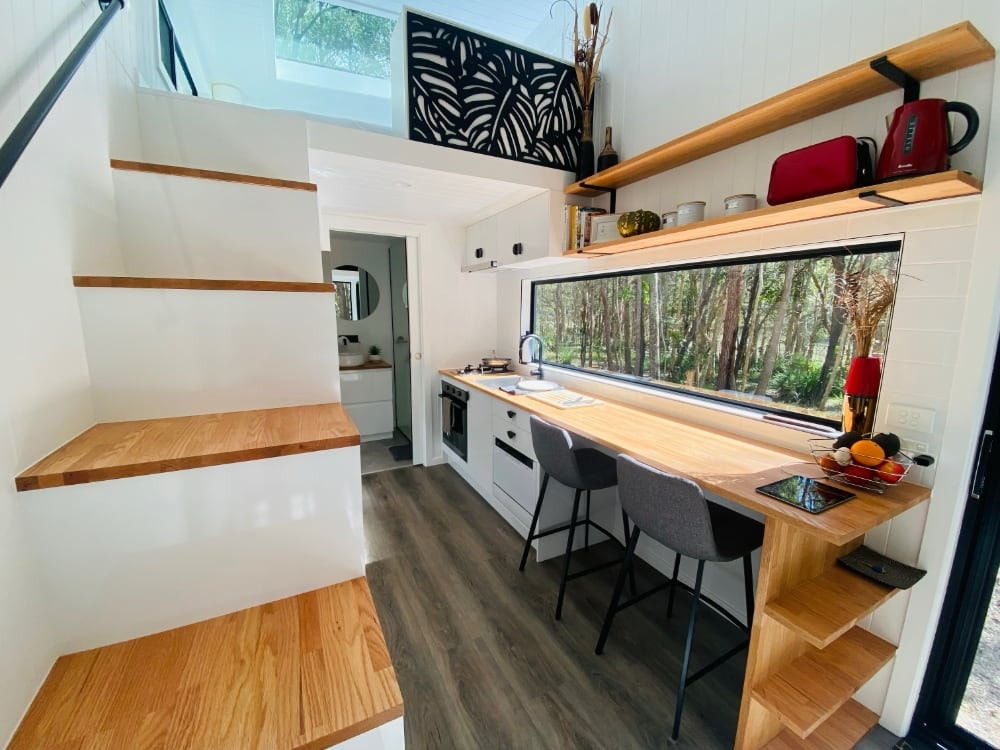
A Handy Comparison at a Glance
| Style | Size Range | Cost/Sq Ft | Why You’ll Love It | Best For |
|---|---|---|---|---|
| Modern Minimalist | 200–600 sq ft | $200–$300 | Seamless storage, clean looks | City infill, tiny homes |
| Scandinavian Cottage | 400–800 sq ft | $150–$250 | Cozy textures, bright palette | Northern retreats, rentals |
| Industrial Loft | 500–1,000 sq ft | $180–$280 | Raw character, open ceilings | Creative studios |
| Rustic Cabin | 300–700 sq ft | $160–$260 | Nature-inspired warmth | Countryside escapes |
| Container Homes | 250–800 sq ft | $120–$220 | Fast build, green credentials | Budget-friendly projects |
Don’t Forget These Must-Haves
- Lofted Bed: It’s like getting an extra room above—ideal for sleeping or stashing out-of-season gear.
- Compact Bath Modules: These prefab bathroom pods slide right in and use every inch wisely.
- Slimline Appliances: Think under-counter fridge, two-burner cooktop, or that washer-dryer combo that finally ends laundry Tetris.
- Outdoor Nooks: A tiny balcony or fold-out porch can be your morning coffee corner or evening stargazing spot.
- Smart Home Touches: A Wi-Fi thermostat or voice-controlled lights mean less fumbling in tight spaces.
Quick FAQs
Q: What’s the smallest you can go?
I’ve seen 250 sq ft gems that feel roomy—key is high ceilings, windows on at least two walls, and pared-down furniture.
Q: How do I stretch the space visually?
Light paint, box-frame rugs, furniture with raised legs, and—yes—mirrors. You’ll swear your home doubled in size.
Q: Can I build a tiny home anywhere?
Zoning rules differ wildly. Some towns embrace ADUs, others treat them like eccentric art projects. Always check local regs before you break ground.
Q: What’s the cost per square foot?
Depending on your splurges and location, expect $120 to $300 per square foot. Custom finishes push you to the higher end.
Q: Low-maintenance materials to consider?
Fiber-cement siding, metal roofs, engineered wood floors, and quartz counters stand up to wear and tear with minimal fuss.
Great small-house design isn’t about cramming in every gadget—it’s about choosing what matters most and giving it room to shine. With these principles and style ideas in your back pocket.



